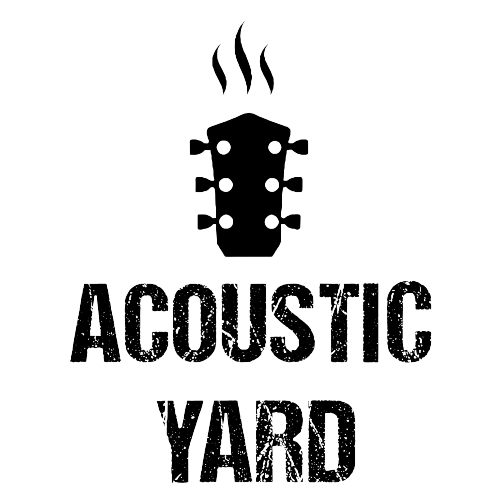
A Guide to the Different Types of Cajón Drums
Share
Exploring the Different Types of Cajón Drums: A Guide for Musicians
The cajón, a box-shaped percussion instrument, has become a staple in various musical genres worldwide. Originating from Peru, it offers a unique blend of bass and snare tones, making it both versatile and expressive. As you explore the world of cajóns, understanding the different types can greatly influence your musical expression. Here’s an overview of the primary cajón variations:
1. Peruvian Cajón: The Traditional Rhythmic Heart
The Peruvian cajón is the original form of the instrument, dating back to the 18th century. Crafted from hardwood, it features a simple box design without snare wires, producing a natural, earthy tone with deep bass and crisp high-end slaps. This type is ideal for traditional folk music and acoustic settings where an authentic, unembellished sound is desired. For instance, Meinl’s Traditional Peruvian Cajón offers a warm, resonant bass and sharp slap tone that perfectly captures this authentic sound.
2. Flamenco Cajón: Articulating Passionate Rhythms
Originating from Spain, the Flamenco cajón incorporates snare mechanisms, such as guitar strings or wires, attached inside the playing surface. This design yields a sharper, more textured sound with a distinctive buzz, suitable for the intricate rhythms of flamenco music. Modern Flamenco cajóns often feature adjustable snares, allowing musicians to tailor their tone. Meinl’s Flamenco Cajón is a great choice for this genre, providing bright snare tones and crisp slaps that are perfect for passionate flamenco performances.
3. Snare Cajón: Modern Versatility with Adjustable Features
The Snare cajón combines traditional design with modern features, incorporating internal snare wires that can be adjusted or turned off. This flexibility allows musicians to switch between traditional bass tones and snare-driven sounds, making it versatile for genres like rock, pop, and blues. Meinl’s Snare Cajón is a versatile option that lets players easily adjust their snare and bass sounds, making it a great fit for multiple musical styles.
4. Cuban Cajón: Compact and Resonant
The Cuban cajón is designed to be held by hand and lacks snare wires, resulting in a sound rich in overtones. It’s primarily used in Afro-Cuban music, offering a resonant tone with higher notes at the edges and bass tones at the center. Various sizes are available, each delivering unique sounds.
5. Bongo Cajón: Diverse Tones in a Compact Form
Smaller than standard cajóns, the Bongo cajón features two playing surfaces, each producing different tones. Played with hands or fingertips, it offers a range of tones and complex rhythms, suitable for jazz and acoustic performances where space and portability are considerations.
6. Travel Cajón: Rhythms on the Move
Designed for portability, the Travel cajón is smaller and lighter than standard models. While it may not produce the same deep bass as larger cajóns, it still offers a good range of tones, making it ideal for rehearsals, small gigs, or musicians on the go. Gecko’s Compact Travel Cajón is an excellent budget-friendly choice that doesn’t compromise on essential sound quality, making it perfect for musicians who need an affordable, portable option.
7. Electronic Cajón: Amplifying Traditional Sounds
The Electronic cajón integrates traditional design with modern technology, featuring pickups and preamps that allow amplification. Some models include built-in drum samples and loops, making them suitable for larger venues or electronic music experimentation.
8. Hybrid Cajóns: Pushing the Boundaries of Sound
Hybrid cajóns combine features from different types or utilize non-traditional materials and designs, offering unique sounds and specialized musical effects. These are ideal for musicians seeking innovative tones and versatility in their performances.
For example, Meinl’s Drum Set Series Cajon Drum Set provides a full rhythm station with a mountable cajon snare, pedal, hi-hat, and more—perfect for drummers transitioning to acoustic settings, offering both convenience and flexibility for diverse performances.
Conclusion: Finding the Right Cajón for Your Musical Journey
Choosing the right cajón depends on your musical style, desired sound, and budget. Whether you opt for the traditional tones of a Peruvian cajón, the snappy rhythms of a snare cajón, or the innovative sounds of a hybrid model, understanding the differences will enhance your musical expression. Exploring different options can help you find an instrument that aligns with your needs and inspires your creativity.
